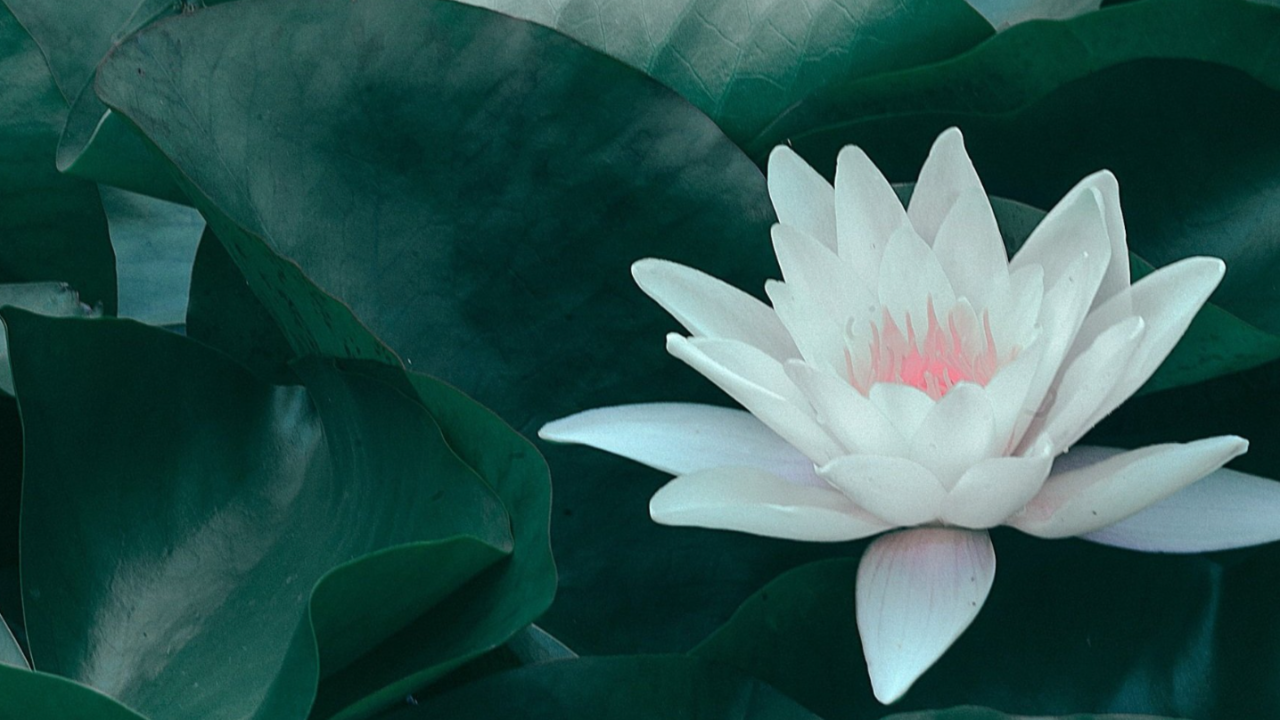
Creating Conent
When was the last time you experienced being content? And by content, I don’t mean happy. Happiness comes and goes like the weather; content is a state of being that can be cultivated and maintained through a combination of mindfulness and shadow work. Ontology is the study or knowledge of ways of being. And as human beings, we would be wise to learn how to cultivate ways of being that serve us.
Our current pop culture is heavily engaged in the consumption of social media and advertising, which consistently reminds us of all the things we need in order to be fulfilled. The message is loud and clear, you won’t be content until you’re perfect. Many of us are aware that we’re not perfect and don’t buy into the hype that happiness is just one shopping trip away. But as we’re longing to experience that state of contentment, it’s important that we don’t leave our longings unattended.
I hadn’t experienced being content for several years and I missed the experience dearly. I don’t even recall the moment I went from being content to discontent, but I’ve learned along the way to tell the difference between the two states of being. My state of discontent is one in which I’m constantly chasing the next want or desire, believing that satisfying these will leave me feeling content. But content isn’t a feeling, rather, it’s a state of being that we can only embody when the wants and desires are no longer looked at as needs.
Alongside being a slave to my needs and wants, I’ve recognised my aversions to be another barrier to contentment. The things that we like become the things that we want, and the things we dislike become the things we seek to avoid. This running towards the things we want or away from the things we don’t want, creates a constant feeling of dissatisfaction. In other words, we’re telling ourselves we will be content if we can just have these things, and avoid these other things.
In the Vedic traditions, including yoga, they refer to desires and aversions as raga and dvesha. These are considered products of the mind and the senses and are illusory and an impediment to equanimity and balance. This chasing after desires and avoiding of dislikes is a trap that ensnares us and keeps us from experiencing freedom from desires or aversions; the state of contentment.
When my mind is busy scheming up ways of getting what I want and avoiding what I don’t want, it’s masking what lies underneath. By observing my mind and catching this scheming process, I can choose to call a halt to it. When I do this, I’m able to observe that just beneath my awareness, in the shadow of my unconscious, awaits the experience of contentment. I can then choose to honour this experience of contentment over and above my desires and aversions. This actually works and brings about a state of being content.
Our shadow consists of all the things about us that we’re unaware of. This includes many of the things that we say we are not. The things we say we are not, for example, cruel, greedy, corrupt or even content, form your shadow. When we say to ourselves, I’m not content, the experience of content is relegated to the unconscious. Here it stays, hidden and outside of our awareness. Soon we start dreaming up schemes to get what we want and avoid what we don’t want, as a means to access the lost state of contentment. But this is all in vain, because our list of desires and aversions is infinite and our awareness will now be on this unachievable list.
Shadow work teaches us the importance of being able to hold what Jung called the tension of the opposites. That is, rather than becoming paralysed in the conflict of whether you’re content or discontent, you learn to recognise that you can be both content and discontent. When the experience of being content is in our shadow and we’re masking it by chasing after our desires. The correction is to tell ourselves that we can be content and then drop our attachment to our desires and aversions. I use the term attachment to distinguish between having desires and aversions, and being dependant on them for contentment. We’ll always have aversions to some things and desires for some other things, but our experience of being content is not dependent on these as a precondition.
Cultivating a state of content is possible when we recreate our core belief from, I am not content, to, I can be content. The next step is to notice your desires and aversions, then detach from them long enough to notice the contentment that lies underneath. Maintaining this experience of being content will require daily practice and mindfulness. This is how you too can create the experience of content.
